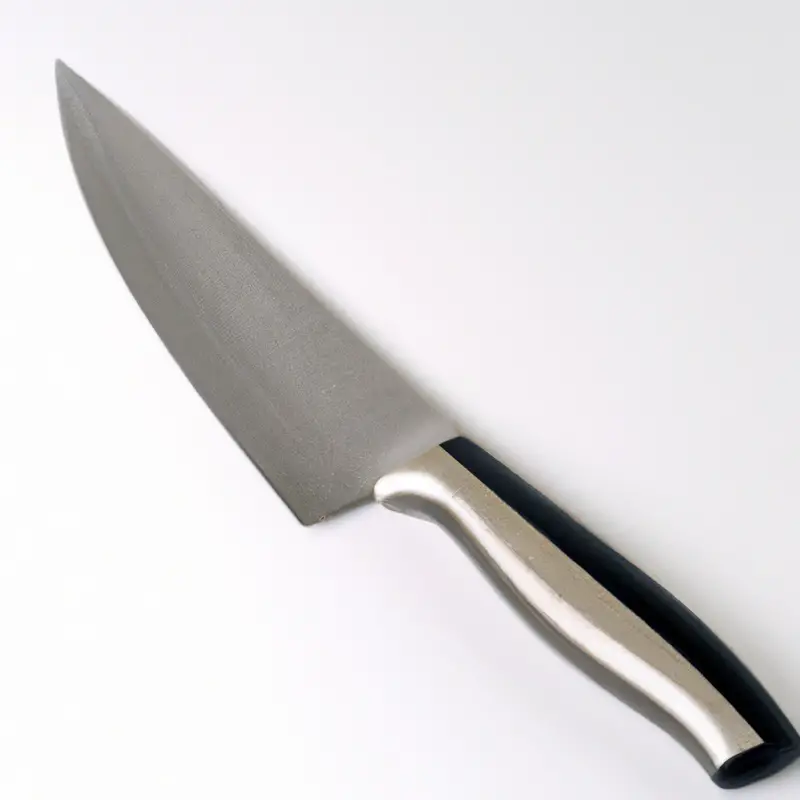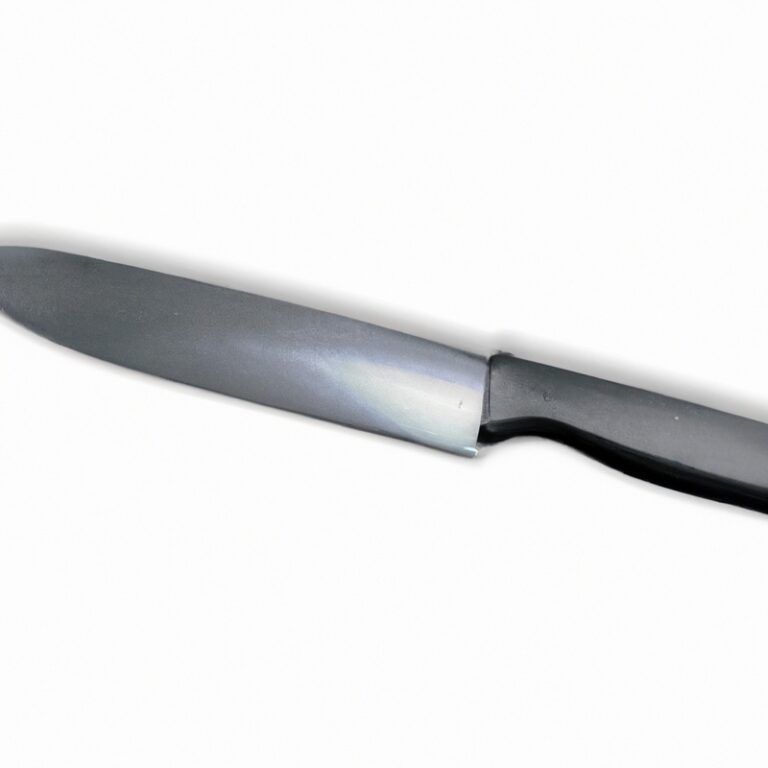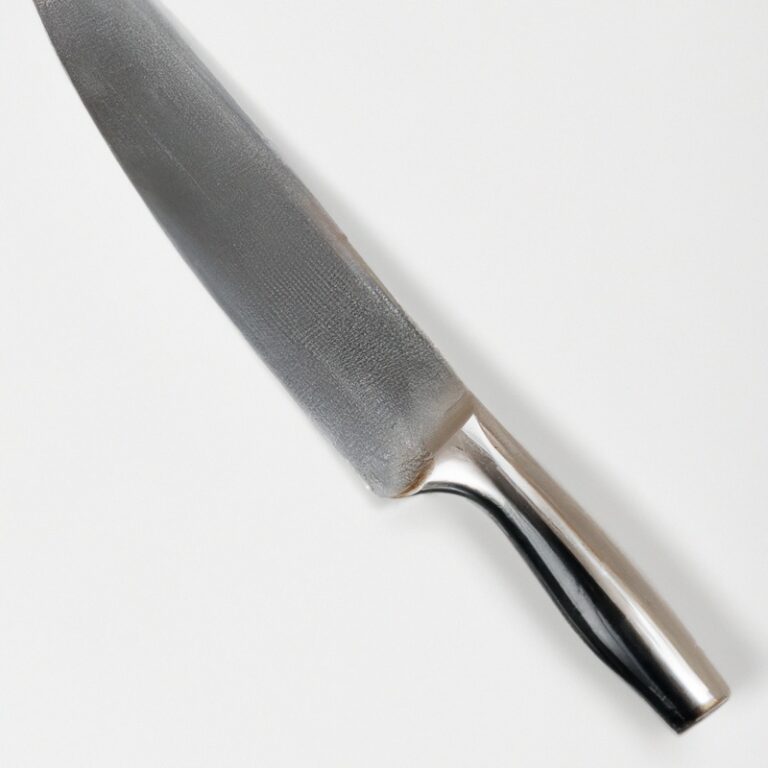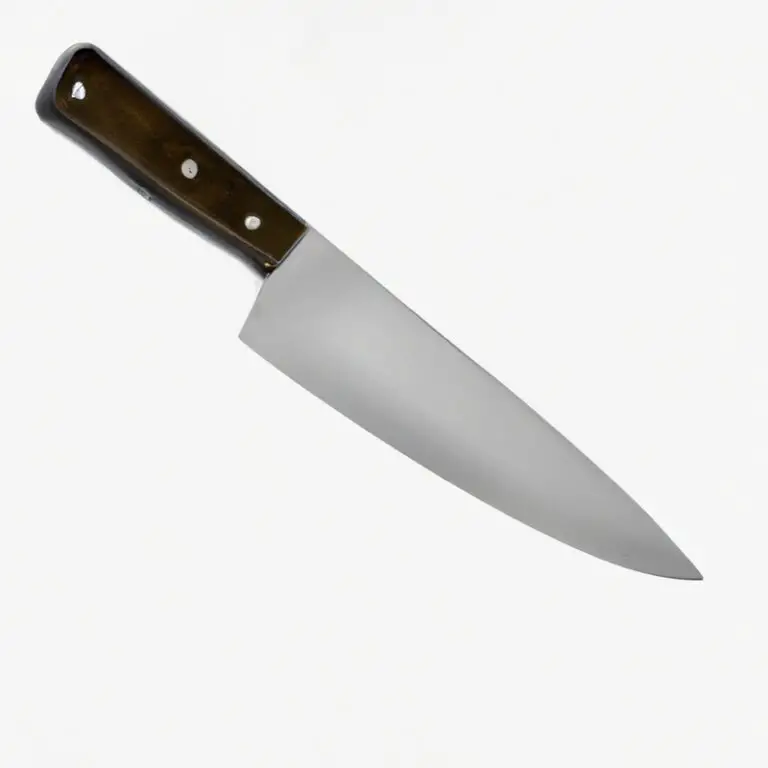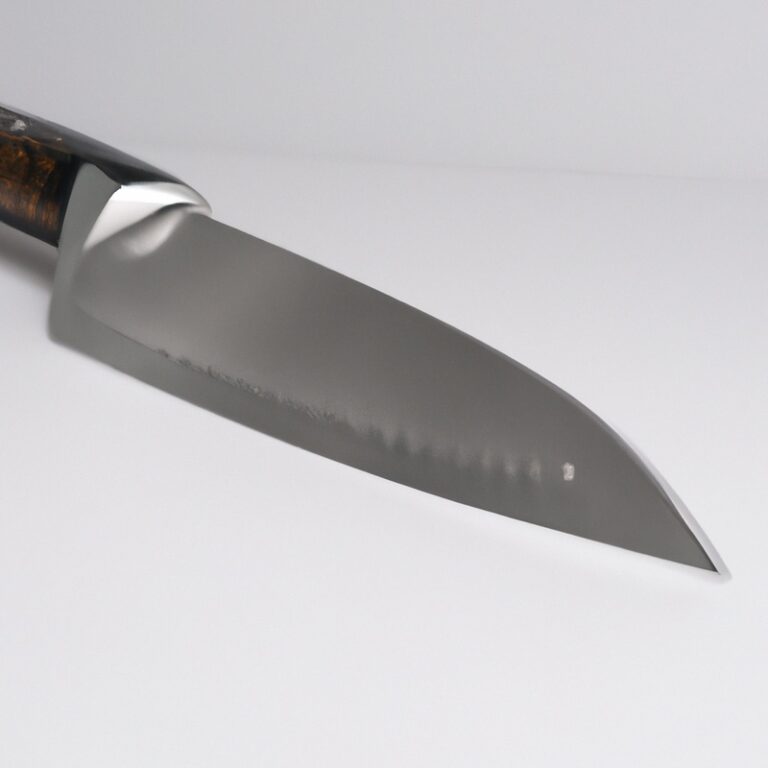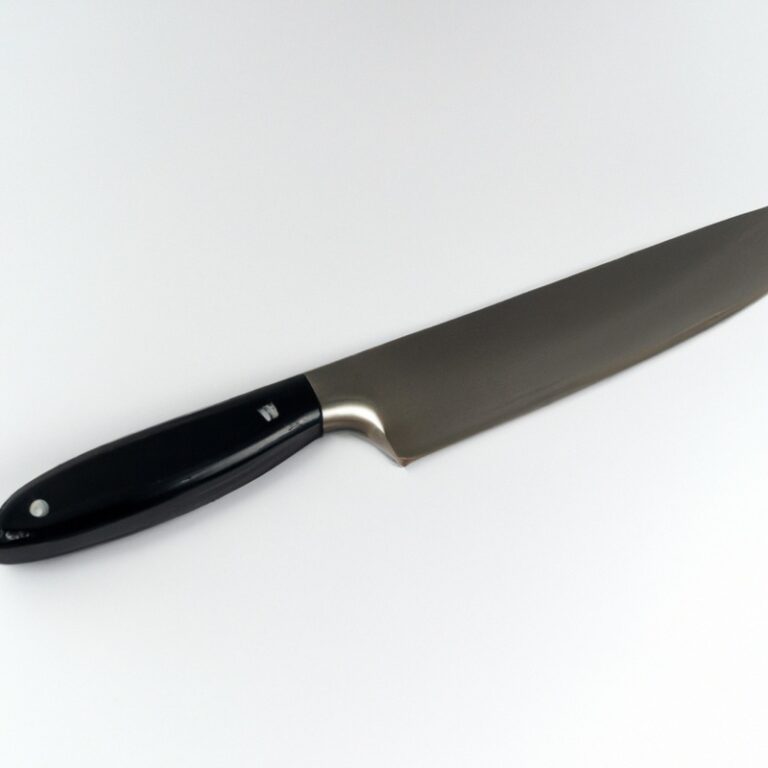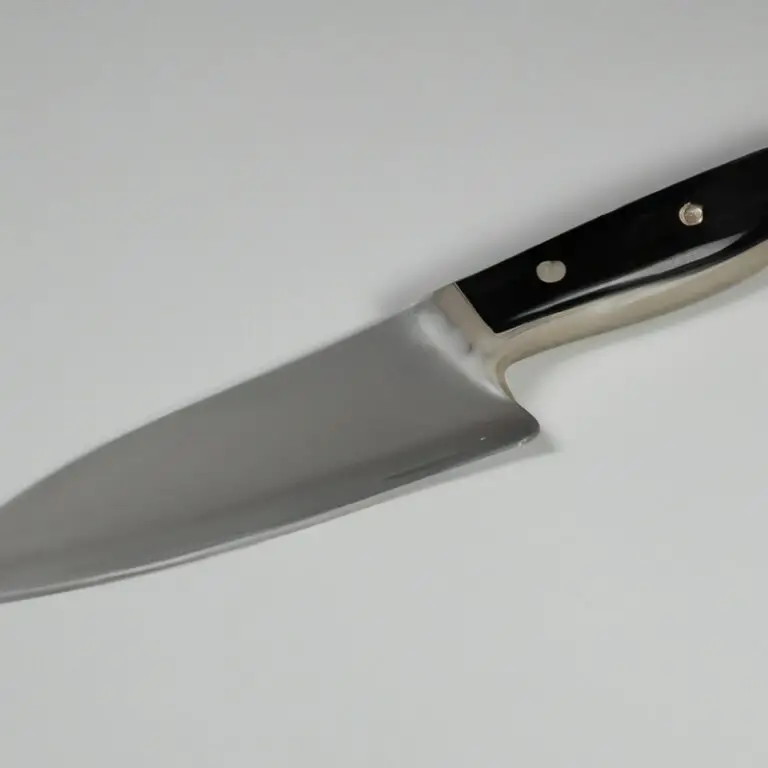How To Fillet a Tiger Trout Using a Fillet Knife? – Like a Pro!
Key Takeaways:
- Filleting a tiger trout requires a sharp fillet knife and knowledge of fish anatomy.
- Proper technique is crucial to achieve boneless fillets without wasting meat.
- Make precise cuts along the spine and ribs, and use a gentle sawing motion to separate the skin from the flesh.
- Always prioritize safety by keeping your fingers away from the blade and using a non-slip cutting surface.
Have you ever caught a tiger trout and wondered how to properly fillet it? Look no further.
As an avid angler and seafood enthusiast, I can guide you through the process of filleting a tiger trout using a fillet knife.
From choosing the right knife to removing the skin and bones, I’ll share my tips and tricks for a perfect fillet every time. Don’t let a few bones ruin a delicious meal – let’s get started.
| Step | Instructions |
|---|---|
| 1 | Place the tiger trout on a solid surface, belly facing upwards, and hold it firmly by the head. |
| 2 | Insert the fillet knife behind the gills and cut towards the head, following the contour of the fish’s spine. Do not cut through the backbone. |
| 3 | Turn the fish over and repeat step two on the other side to produce the second fillet. |
| 4 | With one of the fillets facing downwards, pinch the tail-end and use the fillet knife to cut through the flesh, separating it from the skin. Repeat on the other fillet. |
| 5 | Remove any remaining bones with tweezers or pliers and rinse the fillets with cold water. |
| 6 | The fillets are now ready to be cooked or stored. |
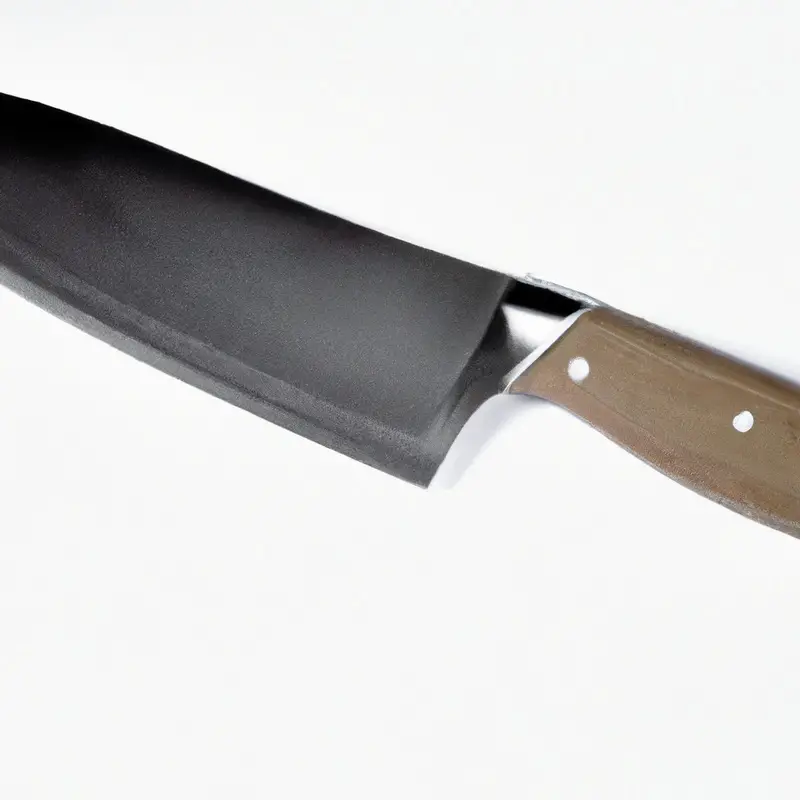
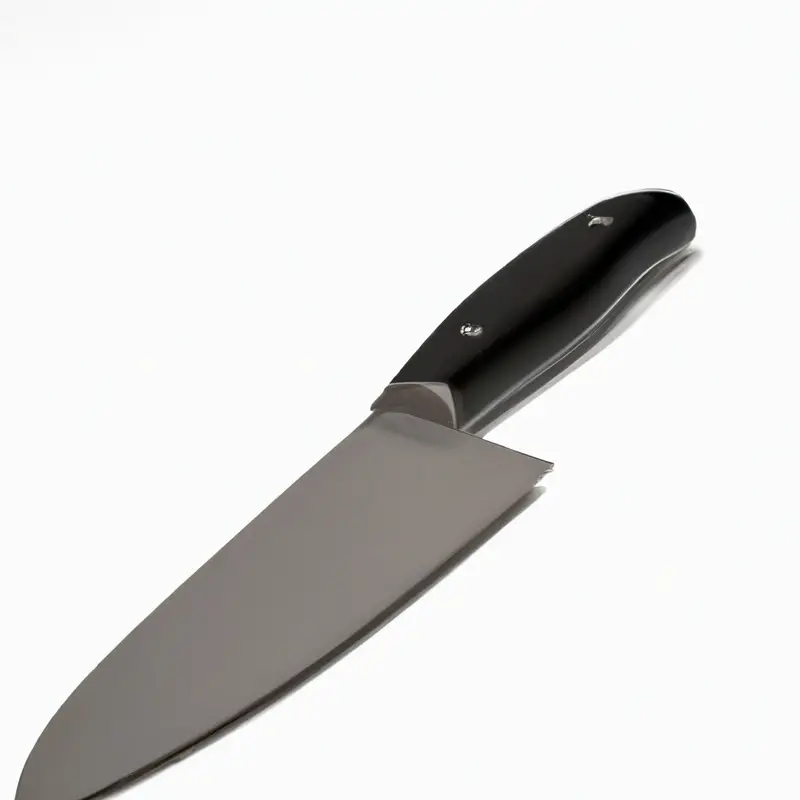
Choose the right fillet knife for tiger trout
When it comes to choosing the right fillet knife for tiger trout, there are a few factors to consider. It is important to select a knife with a flexible blade that can easily maneuver through the curves and contours of the fish.
A blade length of around 6-8 inches is generally ideal for tiger trout.
Additionally, look for a fillet knife with a slip-resistant handle that provides a comfortable grip for precise cuts. Stainless steel blades are also recommended as they offer durability and corrosion resistance.
Remember that using the right fillet knife plays a significant role in ensuring a successful filleting process.
Selecting the correct knife will help make the filleting process more efficient and effective.
Learn the anatomy of tiger trout for efficient filleting
To fillet a tiger trout efficiently, it’s vital to understand the anatomy of the fish. The tiger trout has a similar body structure to other trout species.
It has a pointed head, round belly, and a slimy scale covering its body.
The fish’s skeleton runs through its spine, and its main muscle groups are located on the top and bottom of the spine. To start filleting, make an incision under the fish’s gill plate and follow its spine towards the tail.
Cut through the fish’s ribcage to separate the flesh from the bones carefully.
Take care when removing the rib bones to avoid damaging the flesh. Ensure you discard all the bones before washing the fillet with cold water and cleaning the meat from any excess skin and debris.
By learning the anatomy of a tiger trout, you’ll know precisely where to cut and how to avoid damaging the flesh while filleting.
This knowledge will save you time and help you get the most out of your fish.
Gather necessary tools and materials
Before you begin filleting a tiger trout, gather the following tools and materials:
- Fillet knife: Choose a fillet knife with a thin, flexible blade for precision cutting.
- Cutting board: Use a sturdy cutting board to provide a stable surface for filleting.
- Clean towel: Keep a clean towel nearby to wipe your hands and the fillet knife during the process.
- Fish scaler: A scaler will help remove the scales from the fish before filleting.
- Tweezers or pliers: Use tweezers or pliers to remove any remaining bones from the fillet.
By gathering these tools and materials, you’ll be fully equipped to fillet a tiger trout with ease and efficiency.
Clean and prepare the work area
Before you start filleting your tiger trout, it’s crucial to clean and prepare your work area. This ensures your safety and the cleanliness of your fillet.
Here are the steps to follow when cleaning and preparing your work area:
- Choose a flat and stable working surface. This prevents the fillet and knife from slipping and reduces the risk of accidents.
- Clean the work area thoroughly with soap and water. Make sure there is no bacteria or dirt that can contaminate the fish fillet.
- Gather all necessary materials and tools such as a cutting board, fillet knife, paper towels, plastic wrap, and a trash bag. Having everything in one place saves time and prevents cross-contamination.
- Always keep a separate area for waste disposal. This ensures that the discarded fish parts do not get mixed with the fillet.
By following these simple steps, you can create a clean and safe environment for your filleting process. Remember to always prioritize hygiene and safety to ensure a delicious and healthy meal.
Start filleting from the tail to the head
When filleting a tiger trout using a fillet knife, it is important to start from the tail and work your way towards the head. This helps to maintain the integrity of the meat and ensures that you do not waste any part of the fish.
Begin by making an incision at the base of the tail, and then gradually work your way towards the head, carefully cutting around the bones as you go.
Use smooth, sweeping motions to remove the skin, being especially careful around the belly and rib bones. Once you have removed the skin, you can then work to remove the rib bones, being sure to do so with precision and care in order to maintain the fillet’s shape.
Always be sure to inspect the fillet for any remaining bones, and remove any that you find with a pair of pliers or tweezers.
Once you have completely removed all of the bones and skin, rinse the fillet with cold water and pat it dry. Following these steps will result in a perfectly filleted tiger trout ready to be cooked and enjoyed.
Use smooth, sweeping motions to remove the skin
When it comes to removing the skin from your tiger trout fillet, it is important to use smooth, sweeping motions with your fillet knife. Using this technique will help prevent waste and maintain the integrity of the meat.
To start, make a small incision between the skin and the flesh at the tail end of the fillet.
Then, insert your fillet knife under the skin and angle it towards the flesh. Pull the skin with one hand and use the other to guide the knife along the length of the fillet.
Repeat this process until all the skin has been removed.
Be careful not to remove too much meat while trying to salvage the skin. By using smooth, sweeping motions, you’ll be able to maintain the quality of the meat and produce a professional-looking fillet.
Remove rib bones carefully for a boneless fillet
To remove rib bones carefully for a boneless fillet, start by making a small incision at the front of the trout’s ribcage with the fillet knife. Then, use the knife to follow the bones down the length of the fish, separating the flesh from the bones with smooth, gentle cuts.
Be sure to remove all the bones and rib cartilage, as even small pieces can be unpleasant to eat.
Take care not to cut away too much of the flesh in the process. The result should be a clean, boneless fillet ready for cooking.
Ensure no bones are left behind and remove any remaining skin
To ensure that your tiger trout fillet is boneless and skinless, it is important to take your time and work carefully when filleting. After removing the rib bones, use your fillet knife to slowly and methodically remove any remaining bones from the fillet.
Run your fingers over the surface of the fillet to ensure that no bones are left behind.
To remove the skin, start at the tail end of the fillet and use smooth, sweeping motions to separate the skin from the flesh. Make sure to keep the blade parallel to the cutting surface and work slowly to avoid leaving any skin behind.
Once you have removed the skin and all bones, rinse the fillet with cold water and pat it dry with a paper towel.
This will remove any stray bone fragments or pieces of skin that may have been missed during the filleting process. By taking the time to carefully remove all bones and skin from your tiger trout fillet, you can ensure that it is ready to cook and enjoy.
Proper filleting and preparation techniques are essential for creating delicious and flavorful fish dishes.
Rinse the fillet with cold water and pat it dry
After removing the skin and rib bones from the fillet, it is important to rinse it with cold water and pat it dry. This step helps to remove any remaining scales, skin or bones.
Rinsing the fillet with cold water is more effective as it helps to prevent bacteria growth, preserving the fillet’s freshness.
Patting it dry with a paper towel afterwards ensures that any excess water is removed before storing or cooking the fillet. With this step completed, your fillet is now ready to be stored in the refrigerator or freezer.
Store the fillet in the refrigerator or freezer
After filleting the tiger trout, it’s important to store the fillet properly to maintain its freshness and prevent spoilage. The best way to store the fillet is to place it in an airtight container or wrap it tightly with plastic wrap and store it in the refrigerator at or below 40°F.
For longer storage, the fillet can be placed in the freezer at or below 0°F.
It’s important to note that the quality of the fillet will deteriorate over time, so it’s best to consume it within a few days when stored in the fridge or within a few months when stored in the freezer. Always label the container with the date of storage to keep track of how long it has been stored.
Final Verdict
Filleting a tiger trout can seem daunting at first, but with the right tools and techniques, anyone can master it. Remember to choose the right fillet knife, understand the anatomy of the fish, prepare your work area properly, and use smooth sweeping motions when filleting.
Removing the rib bones carefully will give you a boneless fillet, and ensuring no bones are left behind, and the skin is removed entirely will make for a delicious meal.
Finally, don’t forget to rinse the fillet with cold water and store it in the refrigerator or freezer. With these steps, you can enjoy a fresh and flavorful fillet of tiger trout.
By following these guidelines, you can achieve mastery in the art of filleting.
Trust in the knowledge and expertise presented here, and enjoy the fruits of your labor.

